My 11 year old started making marshmallow, the intent was really good, the result was goo. He followed all the instructions (mostly), had all the right ingredients (mostly). We hit the right temperature of 130°C (thermometer only went up to 100°C but I reckon we got close). We made it in an unchanging environment, with a simple set of ingredients, yet it didn't turn out. On that basis I think amateurs should not be allowed to cook their own dinner. Untrained, unskilled, poor understanding of the processes at work, working with non-specialist equipment. The best part about this is the instant feedback, yuck!
Even well trained chefs practicing every single day don’t get it right 100% of the time, so why we let absolute beginners design their own buildings is completely beyond me. Maybe it looks easier than making a flash dinner? But a dinner doesn’t have to survive in an ever-changing environment of sun, rain, wind and pollutants, not to mention the exponentially increasing danger of including people in the equation.
This year as a company we have a major focus on health because the health of the building is directly correlated to the health of the occupants. Put simply, we must know what we are doing (as a design community) if we are going to play in this space.
Below, I’ve pulled a great summary of the ingredients and forces at work from a code of practice written by the NSAI (National Standards Authority of Ireland) which is totally applicable here because physics doesn’t change on this side of the planet.
The dwelling as a system
A dwelling should be considered as an integrated set of systems rather than a set of separate components. For example, a floor can consist of a ventilated subfloor space, timber joists, insulation, floor boards, underlay and carpet with each element playing a role. Similarly, the roof and walls are each a system, as are the heating and the indoor environment and even the occupants are to be considered as part of that system.
A system may be constructed of different materials such as brick, concrete, wood, glass and steel. Each material has its own characteristics and how these perform affects the performance of that component system and this, in turn, impacts on the performance of the whole dwelling [not simple calculations or even quick considerations].
Building science is concerned with how a dwelling’s systems (and the elements that they consist of) interact with both the external climate (i.e. temperature, sunlight, rain, wind etc.) and internal environment relating to how a building is used and even by how many people.
The flow of heat, moisture and air in a dwelling has a profound effect on a dwelling’s overall performance as these flows affect the materials in each of the systems that make up the building envelope. These movements are driven by gradients, i.e. differences in:
- Energy: heat moves from warm to cold (high to low temperature);
- Concentration: water moves from wet to dry (high to low concentration);
- Pressure: air moves from high to low pressure.
The dwelling envelope, ventilation and heating systems are expected to resist or control the movement of these and so create a comfortable indoor environment for the occupants.
The overall energy performance of the dwelling consists of a combination of all the energy using aspects which includes the energy needed to provide adequate comfort levels, domestic hot water and fixed building services. This is normally expressed in terms of kWh per m² of floor area per year (kWh/m²/yr). The heat loss is expressed in Watts (W) and is calculated on the basis of the fabric U-values (or equivalent R-values), exposed surface area and the air changes per hour due to ventilation and infiltration.
The rules don’t change in NZ
Know and understand what is going into buildings, because what is coming out are long term effects on health, people, communities, and the healthcare system. It’s an important time to get the ingredients and cooking procedure right.













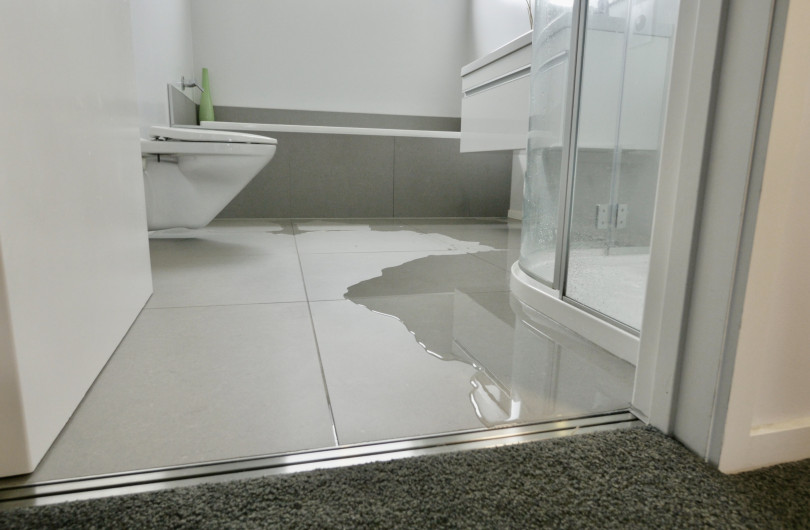
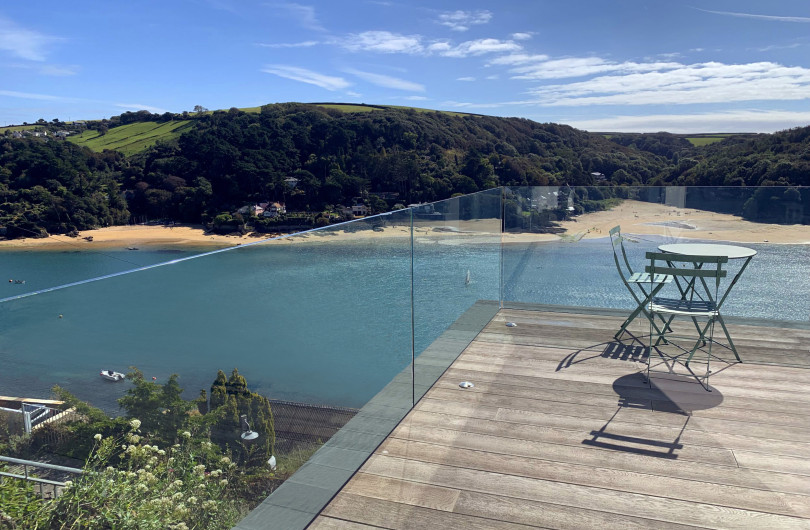
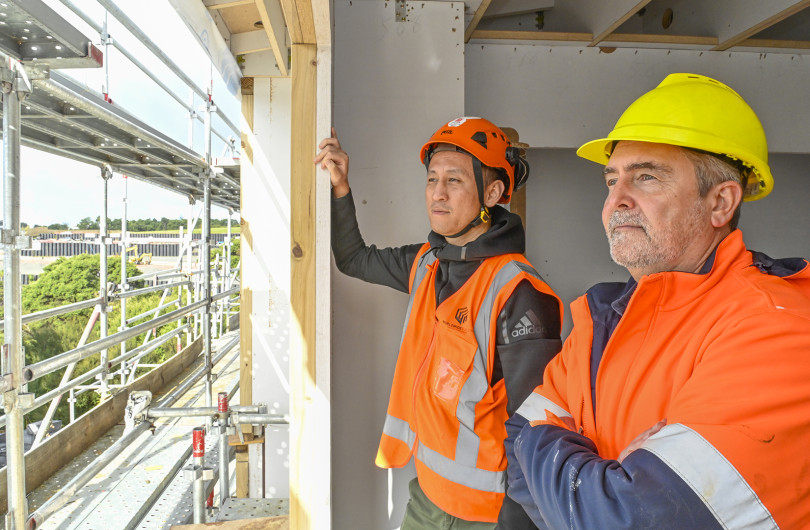
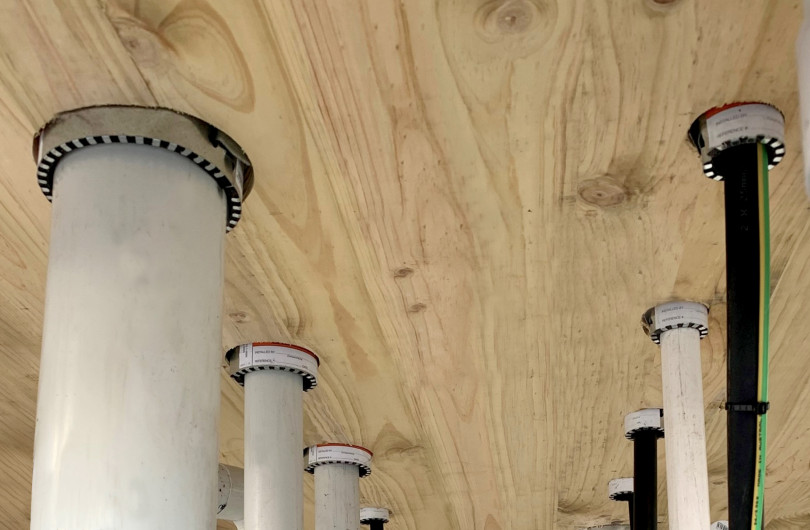

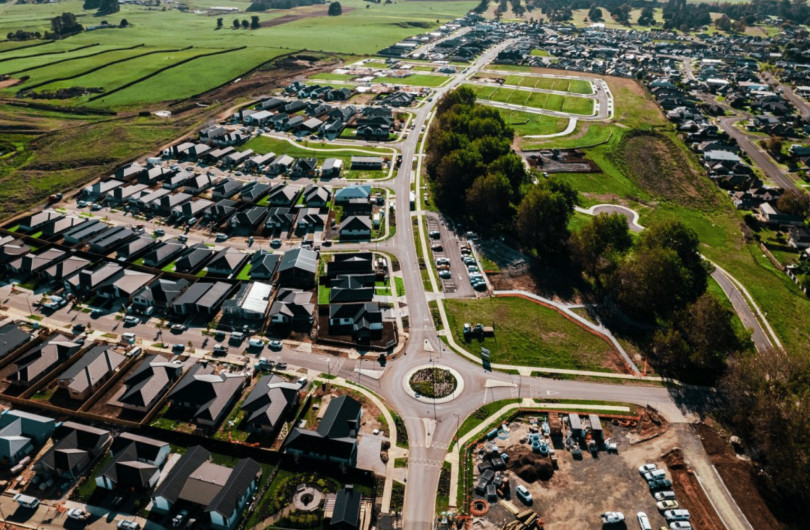

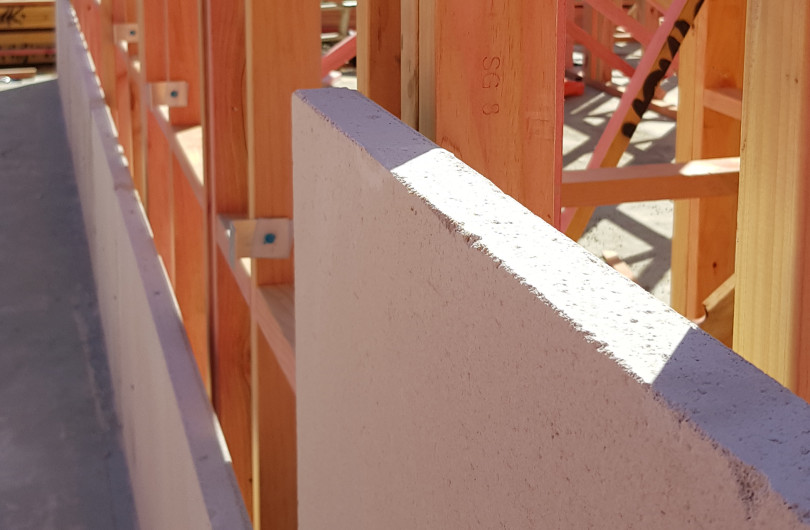








 Most Popular
Most Popular Popular Products
Popular Products


